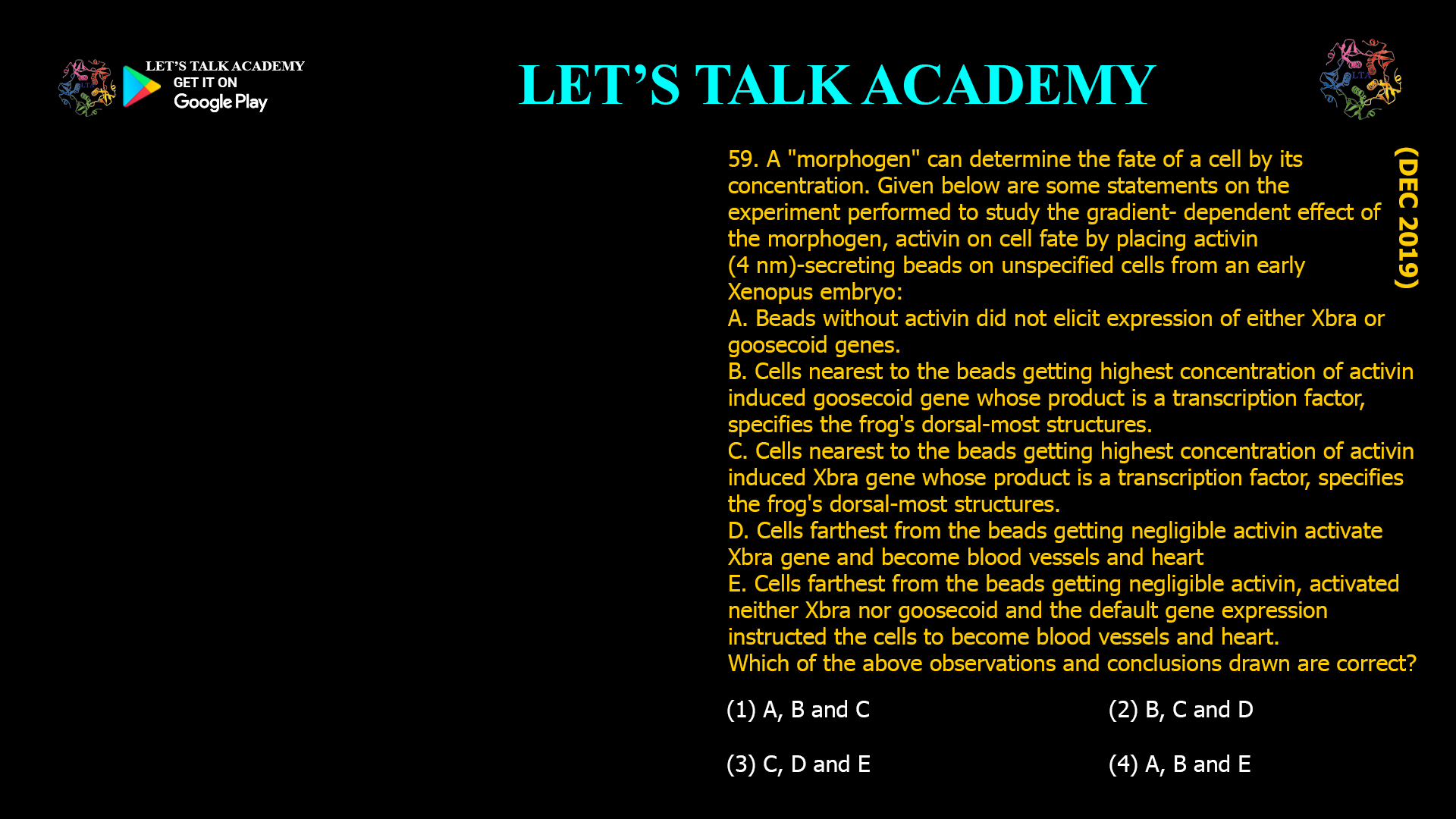67. In the avian embryo, the blastocoel-like fluid-filled cavity is formed between: (1) epiblast and hypoblast (2) hypoblast and yolk (3) primary hypoblast and secondary hypoblast (4) Koller’s sickle and […]
Category: CSIR NET Life Science Previous Year Questions and Solution on Early Development in Animals
CSIR NET Life Science Previous Year Questions and Solution on Early Development in Animals































































